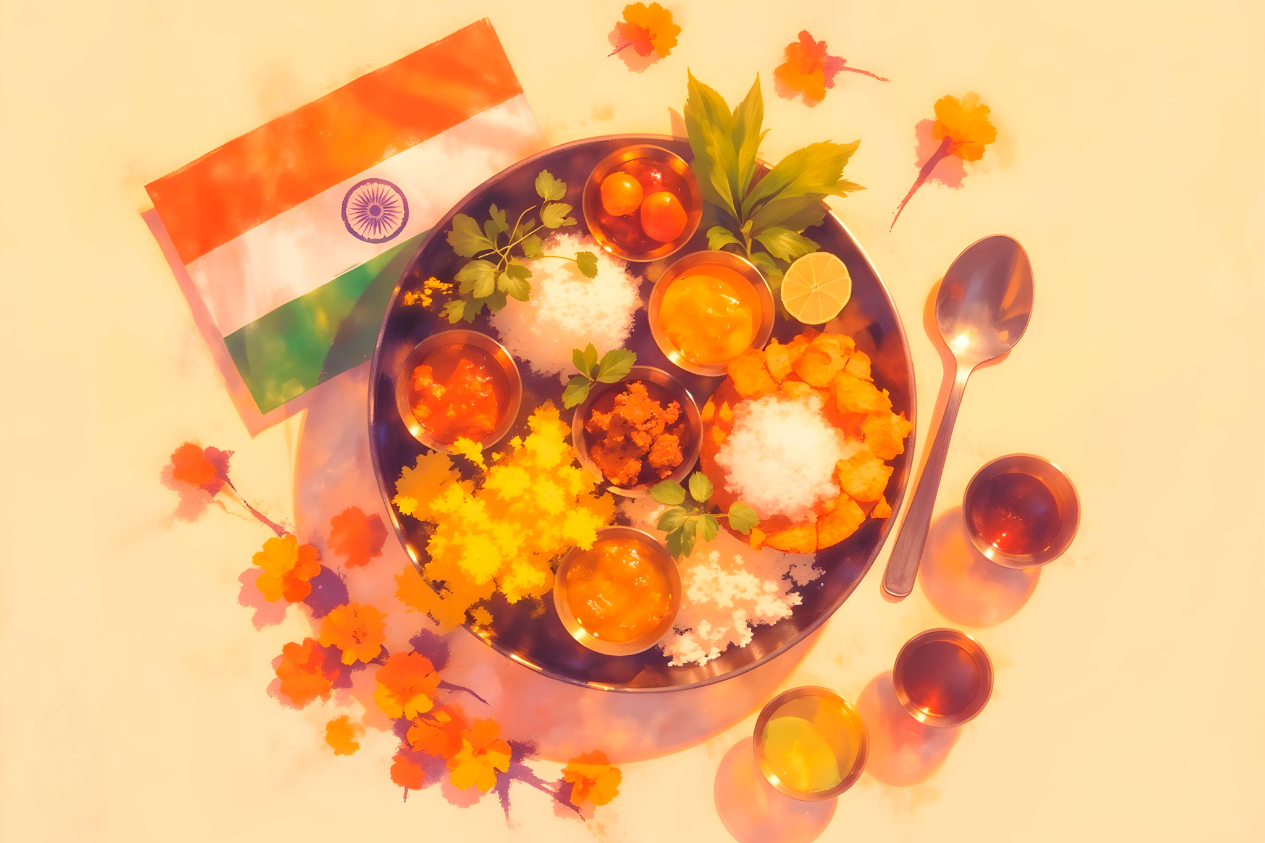
What Did Indians Eat in 1947?
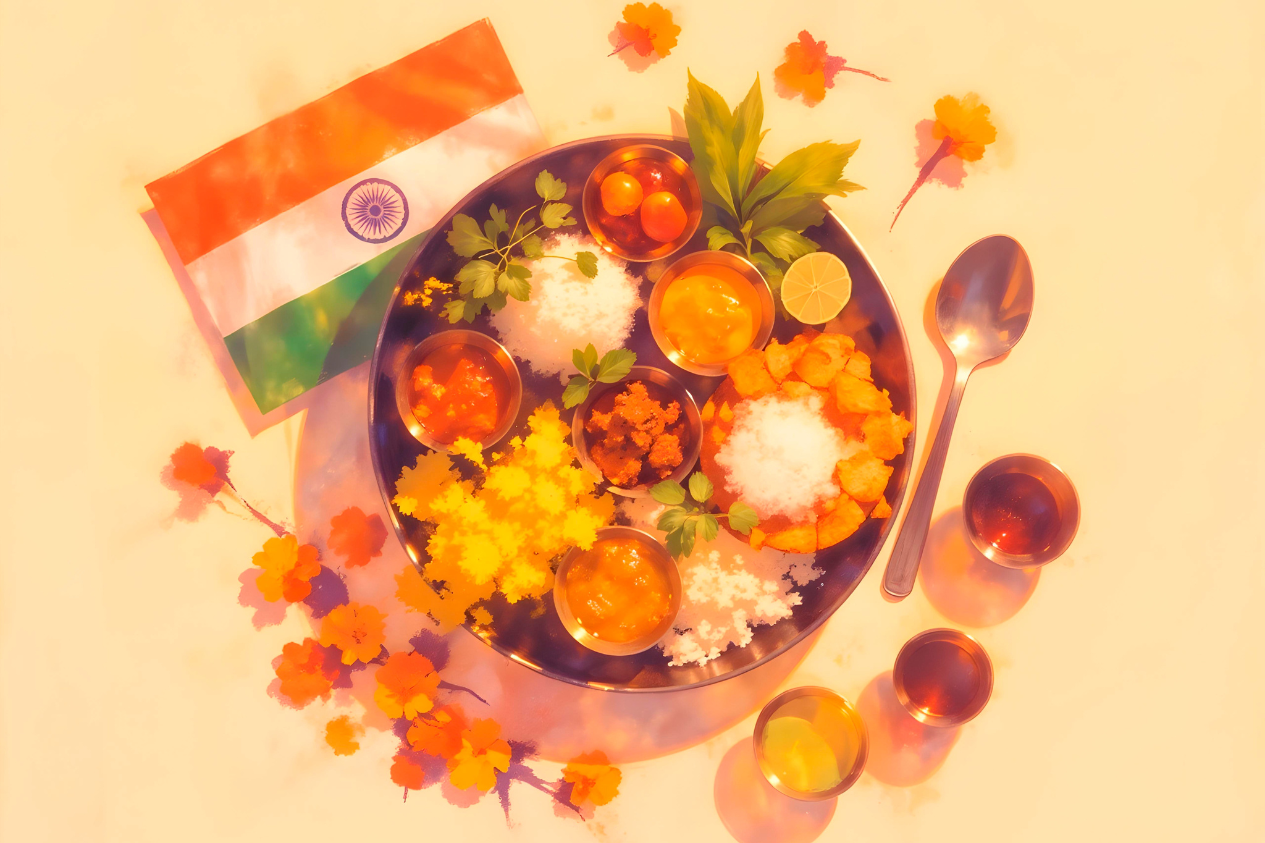
A Culinary Journey into India’s Independence Era!
At precisely midnight on the 15th of August 1947, India achieved independence for the first time in over two centuries. But what did the average Indian eat during this year? Indian food history 1947 is not just a history of food, it is a history of persevering against odds, a history of scarcity, a history of tradition and regional diversity. What people were eating at this time in free India represented the socioeconomic state we were in, the legacy of colonialism, and the legacy of food passed from generation to generation.
In the late 1940s, the memories of famine, the trauma of partition and the simple joys of eating uncomplicated dishes prepared with what was available were common to homes across the country. From rural huts to urban homes, kitchens across India gave rise to culinary scents and aromas of ancient recipes that had fed and nourished many communities for hundreds of years.
The State of the Indian Plate in 1947
Food patterns in India before independence were shaped by geography, crop cycle built within economics and social class. The mid-1940s saw India's agriculture struggling to catch up with demand. Wheat, rice, and pulses faced severe shortages due to the havoc wrought upon crop cycles, markets, and colonial exports during the war reduced wheat, amounts of rice, and pulses were vulnerable. Many people relied on millets such as jowar, bajra, and ragi as their primary staple.
In rural households, most meals were simple combinations of food, and they struggled to make life palatable, from which they combine their roti or bhakri with seasonal vegetables, adding a thin dal dish, and possibly buttermilk when available with millets.
In urban areas, although diets could include more variety – participation in colonial markets, combined with shortfalls, led to smaller portions and more dependence on preserved food, such as pickles, papads, and not exceeding the price of food sold in retail commerce.
A Day in the Kitchen of a Nation on the Brink of Independence
Breakfast
When one thinks of food consumed in independent India, breakfast is often a hearty but cheap meal. In the South, breakfast may be idlis or dosas made from fermented rice-lentil batter, with coconut chutney. In Maharashtra, one usually eats poha (flattened rice) or thalipeeth (multi-grain flatbread). In Bengal, breakfast frequently consisted of luchi (deep-fried flatbread) and aloo tarkari (potato curry). In Punjab, fresh roti smeared with ghee and served with a glass of lassi was common.
Low-income families often enjoyed leftover rice soaked in water overnight (panta bhaat in Bengal or kalli in the South). Sometimes they used a bit of salt or green chilli for seasoning. This was not only economical, but also a great option in the tropical heat!
Lunch and Dinner
In the Indian recipes of the independence era, lunch and dinner were generally based around cereals and pulses. It was somewhere like:
- Roti or rice would be the chosen base carbohydrate
- Dal or lentils, thin cause of the ration
- A seasonal vegetable variety made into a curry
- A spoonful of pickle for flavour and preservation
- Curd or buttermilk, if you were lucky
Meat, fish, or eggs were mostly absent except for the big occasions and were limited to middle/upper-class families. In coastal states like Kerala, Goa, and Bengal, fish would have been more part of the diet, looking to use local fish in coconut curries or mustard-based gravies.
Evening Snacks and Tea
By the 1940s, tea drinking had emerged as a daily habit of many Indians. Masala chai, made strong and prepared with milk, sugar, and spices, was both a refreshment and a comfort. Street vendors helped satiate the common man's need for tasty samosas, pakoras, and jalebis, which were considered treats and not daily foods.
Regional Flavours of 1947
North India
During the winter months in Punjab, for example, makki di roti with sarson da saag was a staple food. In Delhi, the arrival of Punjabi refugees (because of Partition) was beginning to change the food landscape, with a range of tandoori cooking and gravies like butter chicken starting to appear.
Eastern India
In Bengal, shorshe ilish (hilsa in mustard) with cholar dal and luchi was often an extravagant meal. The 1943 famine always put a shadow on the food culture in Bengal, where rice was often allotted, so other grains were often what people were eating instead.
Western India
Khichdi with kadhi was often comfort food in Gujarat, while Rajasthan relied heavily on dal-baati-churma and preserved foods such as ker-sangri, as their climate was often too dry to grow fresh foods.
Southern India
In Southern India, rice was the meal of the day, served with accompaniments of sambar, rasam and curd. In the Chettinad cuisine of Tamil Nadu, meat and spice-rich gravies were made for special occasions. Kerala kitchens prepared appam with stew and fish molee, while Karnataka was fond of ragi mudde with saaru.
The Impact of Scarcity and Partition
The newly formed nation was still adjusting to the experiences of colonial rule and the shortages of war. Food practices in pre-independence India were largely defined by strategies of survival:
- Expanding lentils into thin soups
- Preserved vegetables by pickling and sun drying
- Millet flour for cost and availability over wheat
- Community meals were served at festivals to ensure everyone received some
Partition also contributed to an upsurge of the food movement. In this sense, recipes want to improve upon recipes from refugees from Punjab, Sindh, and Bengal, bringing their flavours with them to new homes, entering urban food cultures of cities like Delhi, Amritsar, and Kolkata.
Festival & Special Occasion Foods
Festivals, even during times of scarcity, would not be festivals without certain traditional foods. Indian recipes from the period of independence include:
- Ladoos and halwas made from wheat, besan, or semolina
- Pooris served with potato curry are offered during religious events
- Pulaos made from seasonal vegetables, or possibly mutton if possible
- Payasam or kheer served for dessert, sweetened with jaggery if sugar was limited
These foods represented a symbol of joy and togetherness, even if consumed in small portions.
How 1947 Shaped Modern Indian Food?
The Indian food history chapter of 1947 was a chapter of transition. Although choice was usually limited and there were supply chain issues, many culinary traditions and practices that had spanned centuries. It could be argued that the post-independence periods heralded several fundamental changes that we are still living with today:
- The emergence of street food culture in urban India.
- Greater cross-regional influences of cuisine owing to migration post-partition.
- Regional agricultural modernisation is increasing the food supply.
- Revival of forgotten grains and ingredients like ragi that are now superfoods.
What we have today in the Indian food world, with its copious buffets, superlative selection of dining options, etc., is so foreign in comparison to the small plates of 1947, but a number of those food habits of pre-independence India still exist in village kitchens from showdowns to festivities.
The Flavour of Resilience
The food eaten in independent India speaks more than what was on the plate: it speaks to community, it speaks to adaptation, and it speaks to identity. The story of Indian food history in 1947, from 1940s indigenous meals made with millets and seasonal ingredients to the independent era Indian recipes that continue to exist in our festive kitchens, a notion of a cuisine is influenced by factors as much as culture and ethnicity.
In 1947, meals were simple and yet meaningful, made with what was at hand, shared between close family and neighbours, and seasoned with a sense of hope.
Stay connected with Foodism for more such exciting updates!
Related Blogs
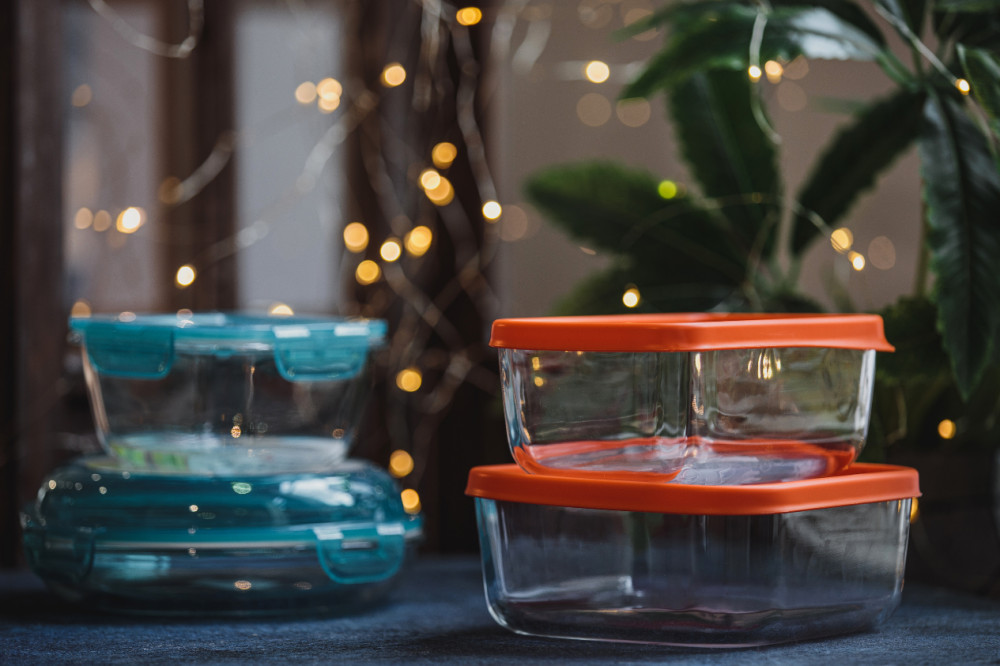
How to Store Festive Leftovers Without Losing Taste or Freshness
63 Views
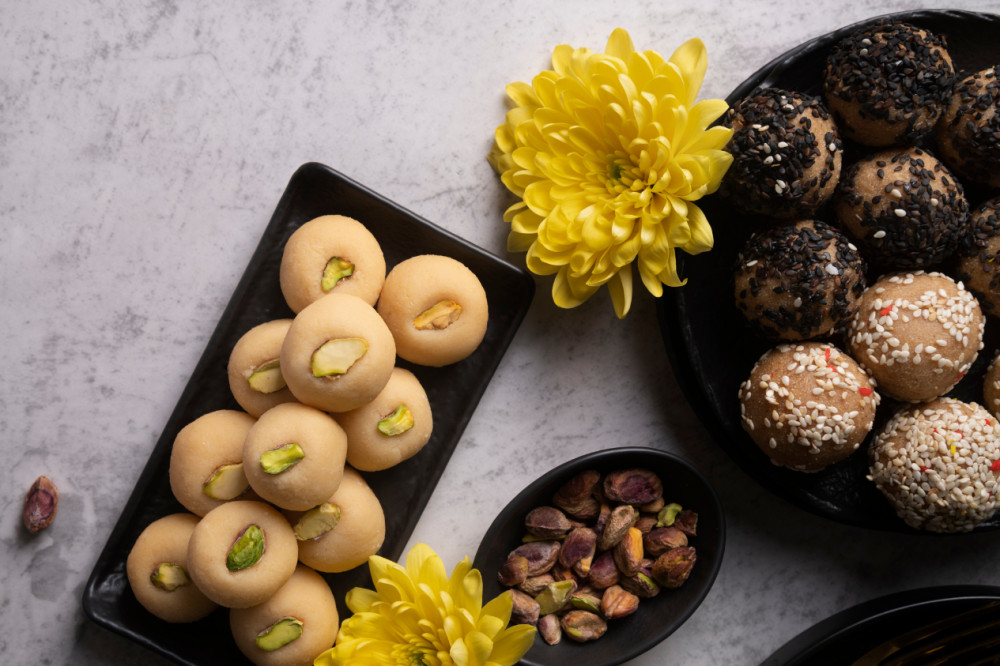
Quick Diwali Sweets Recipes 2025: Ready in Under 30 Minutes
98 Views
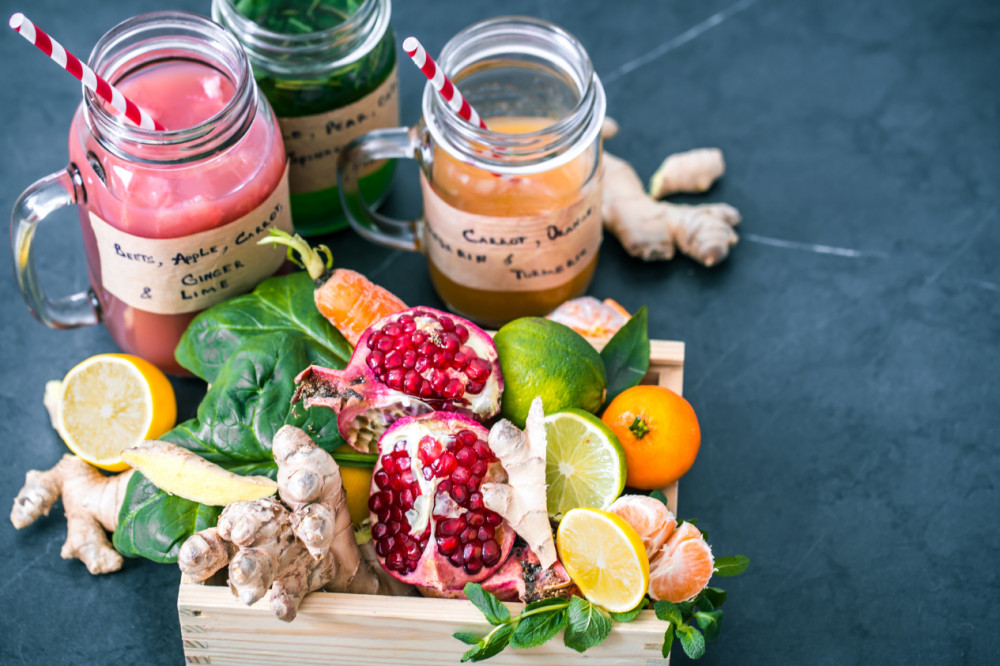
October Smoothies: Indian Fruits & Spices to Boost Immunity
67 Views
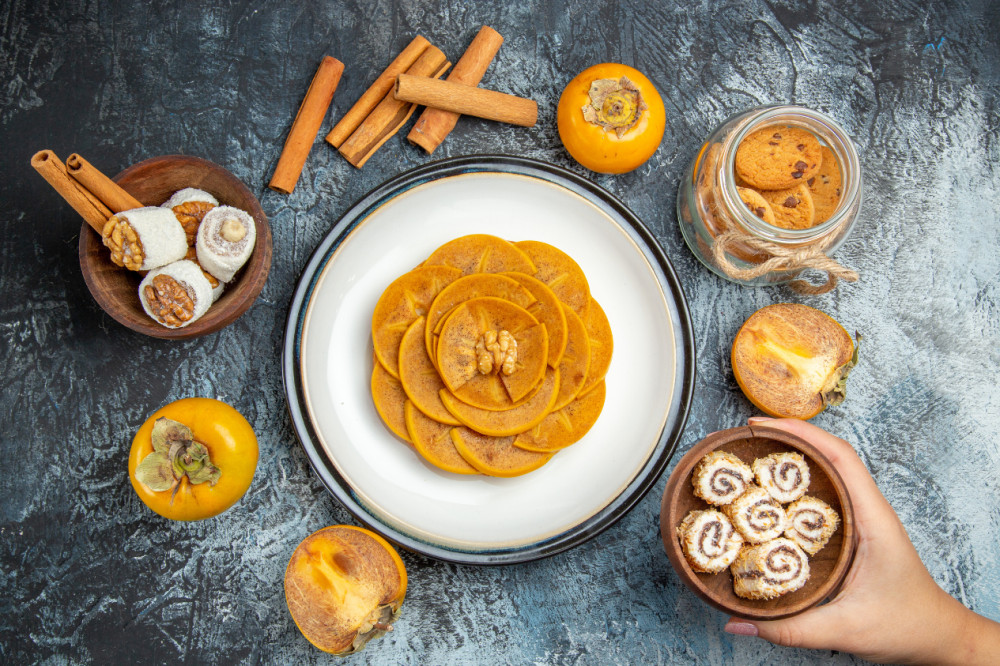
Indian Autumn Baking 2025: Pumpkin, Jaggery & Cardamom Cake Recipes
86 Views
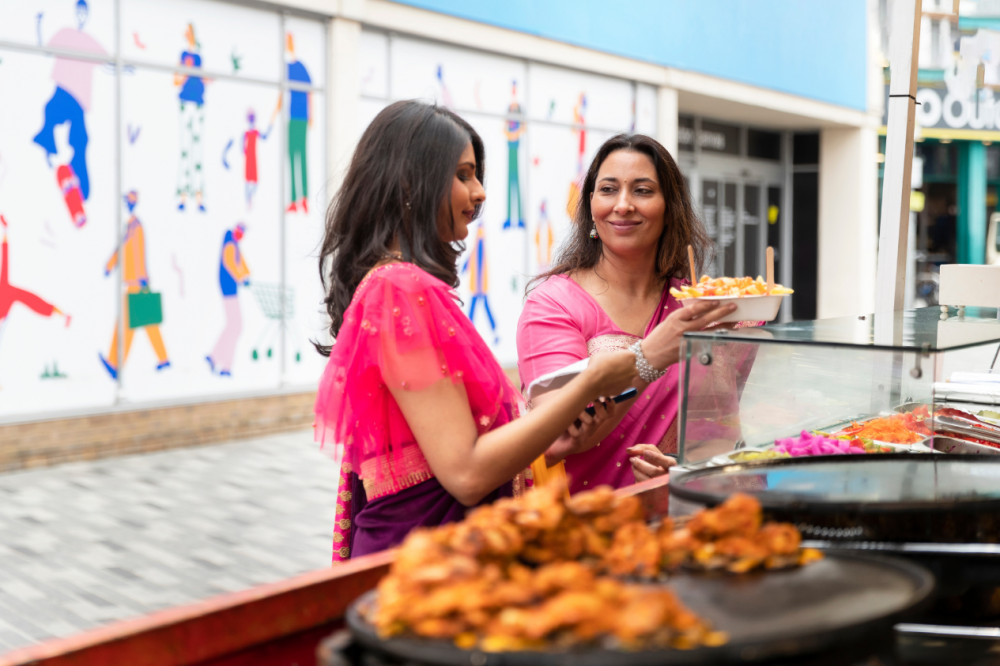
Street Food at Home: Chaat Recipes You Can Make This Festival Season
71 Views